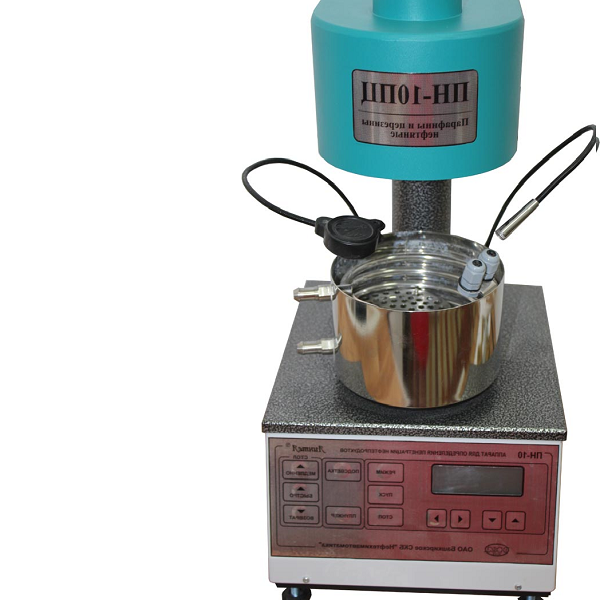Paraffin and ceresin penetration Device LinteL PN-10PC
Lintel PN-10 (PC kit) Apparatus for determining the penetration of paraffins and ceresins
LinteL PN-10 allows you to set the following test conditions:
– penetration time in increments of 1s;
– delay time before penetration is performed in steps of 1s.
- The device determines the penetration value with an error of ±0.1 mm.
- The device is equipped with a built-in illuminator and a magnifying glass, which help determine the moment the needle touches the bitumen surface.
- The device provides storage of up to 9 determination results with calculation of their average value.
- Integration with the LinteL Link data collection system allows you to collect and transfer laboratory test results from the device to a personal computer via wireless communication. Integration with the laboratory information system Lintel LIS provides comprehensive automation of laboratory activities.
- The device is equipped with a liquid bath with a heat exchanger for connecting a thermocryostat (for example, Lintel TKS-20).
- Control of table movement in three modes: slow table lift, fast table lift, fast table return.
- Display on the display in standby mode: the number of the last test performed; a given number of tests; table lifting speed; specified penetration time; specified delay time.
- Display on the display during the test: the number of the last test performed; a given number of tests; penetration time (countdown); current penetration value.
- The four-line OLED display provides an intuitive user interface with all the information you need while testing and viewing results.
- Full self-diagnosis system with indication of the causes of malfunctions on the display.
- Stopping the test process at the end of the analysis with an audible alarm.
Safety
- Electrical safety: Grounding of non-current-carrying parts and compliance with protection class 0I according to GOST R IEC 61140-2000
- Sound accompaniment: Sound signal at the end of the test, detection of a fault
- Diagnostics and setup: Built-in self-diagnostics and configuration algorithms, notifying users about the causes of malfunctions
| Penetration range* | from 0 to 630 penetration units |
|---|---|
| Displacement meter error | ±0.1mm |
| Penetration time | from 1 to 3599 s |
| Delay time before penetration | from 0 to 3599 s |
| Table speed | from 0.02 to 5.0 mm/s |
| Power consumption | no more than 50 W |
| Penetrometer dimensions | 245x505x280mm (width x height x depth) |
| Penetrometer weight | no more than 12 kg |
| Ambient temperature | from 10 to 35 °C |
| Relative humidity at +25°C | no more than 80% |
| Mains voltage | from 198 to 242 V |
| Power frequency | 49 to 51 Hz |
| Life time | 6 years, no more than 15,000 hours |
| Warranty period | 1 year, no more than 2,500 hours |
| Standards | |
| brand |
هیچ ویدیویی برای این محصول موجود نیست.






